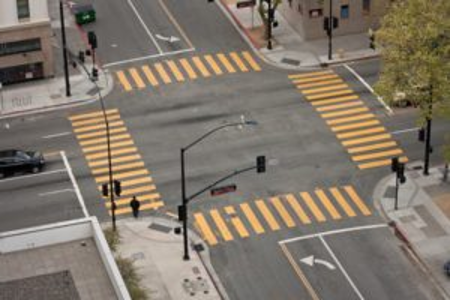Making a left turn is one of the more dangerous driving maneuvers undertaken by motorists. Because a left turn is in front of oncoming traffic, the risk of an accident is thereby increased. Side-impact accidents and T-bone collisions are two of the most common results when a driver carelessly turns left without yielding to approaching motor vehicles.
Thus, it is no surprise that Pennsylvania law addresses left turns more than right turns for the simple reason that left turns are more dangerous. Vehicles turning left at an intersection must yield the right-of-way to other vehicles approaching from the opposite direction. All drivers must signal before turning left at least 100 feet before their turn if traveling less than 35 miles per hour. If traveling at a speed more than 35 miles per hour, drivers must signal 300 feet before a turn.
The driver of a vehicle intending to turn left must approach the turn in the extreme left-hand lane lawfully available to traffic moving in the same direction as the turning vehicle. The left turn must be made to the left of the center of the intersection, thus leaving the intersection or location in the extreme left-hand lane available to traffic moving in the same direction as the vehicle on the roadway being entered.
If a special lane for making left turns by drivers traveling in opposite directions is indicated by official traffic-control devices, a left turn may not be made from any other lane. Also, a vehicle may not be driven in the lane except when preparing for or making a left turn from or into the roadway or when preparing for or making a lawful U-turn.

